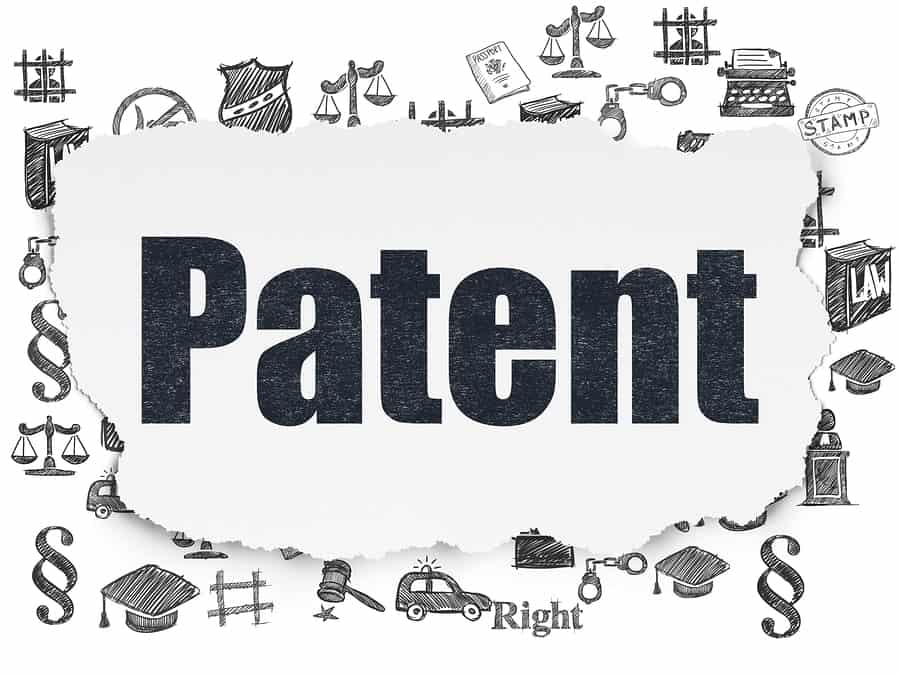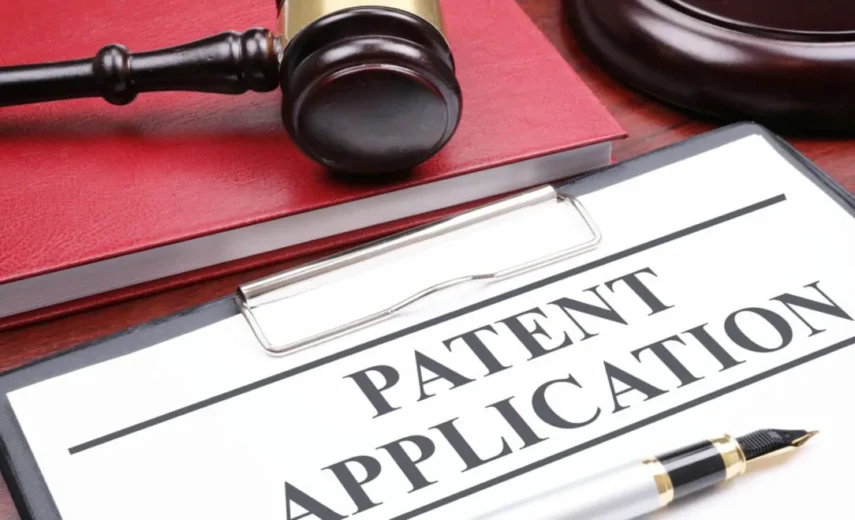Patents are invaluable tools for protecting intellectual property rights. They grant exclusive rights to inventors for their creations, shielding them from unscrupulous competitors eager to profit from their innovative brilliance. They also serve as a competitive edge in an increasingly global marketplace, often significantly boosting an enterprise’s market value. However, acquiring a patent is no small feat.
It’s fraught with pitfalls that can turn the journey into a bureaucratic nightmare. It’s crucial to avoid these common patent application pitfalls to ensure a smooth process, thereby safeguarding your ideas and the fruits of your labor effectively.
Conducting Thorough Prior Art Search

Before filing your application, conduct an exhaustive ‘prior art’ search. Prior art refers to any evidence that your invention is already known. This includes patents, applications, and various literature. Prior art search is crucial to avoid potential application rejections due to lack of novelty or obviousness. A thorough search can be done using various resources like the USPTO’s database, Google Patents, and scholarly articles. By identifying any existing similar inventions, you can tailor your application to emphasize the unique aspects of your invention, increasing your chances of success.
Drafting a Well-Structured Patent Application
A well-drafted patent application is key to convincing the examiner of the merit of your invention. Be clear and concise in your descriptions, taking time to explain how your invention works and its inventive steps. A typical application of this kind includes several sections, such as the title, abstract, specification, and claims. The claims define the scope of your patent protection. Therefore, it’s crucial to present your claims, descriptions, and drawings effectively, ensuring that they are both broad enough to provide meaningful protection but not too broad that they encompass prior art.
Seeking Professional Legal Advice
While it may be tempting to go solo to save costs, consulting with a patent attorney or agent is often a worthwhile investment. These professionals can provide valuable advice on the patentability of your invention, help draft your application, and guide you through the complex process. Their legal expertise is crucial in navigating the laws in these waters and procedural hurdles that often cause delays and costly mistakes. So, think of hiring a patent professional not as an expense, but as an investment to protect your invention and bring it to market successfully.
Avoiding Common Application Mistakes

Even minor mistakes in an application can lead to dire consequences, such as denial or limited protection. Frequent errors include insufficient detail in the specification, overly broad or vague claims, and inadequate or unclear drawings. Ensure you avoid these by proofreading and double-checking your application thoroughly. Seek expert assistance if necessary, as a well-prepared application can mean the difference between securing robust patent protection and leaving your invention exposed to potential infringement. To avoid some of the most common mistakes you can visit this website and learn a thing or two how things are done in this department.
Staying Updated with Patent Laws and Regulations
Patent laws and regulations are dynamic, continually changing with societal and technological advancements. Staying abreast of these changes is vital for a successful application. You can keep track of updates through official channels like the USPTO website, newsletters, webinars, or online patent law forums. Being informed helps you craft a compliant and robust patent application, increasing your chances of a favorable outcome.
Conducting a Patentability Assessment
Before embarking on the patent application journey, conduct a patentability assessment to determine if your invention meets the necessary criteria: novelty, inventive step, and industrial applicability. This assessment helps you gauge the potential success of your application and saves resources that could otherwise be wasted on non-patentable inventions. Seek professional help for this assessment, as it involves detailed technical analysis and legal considerations.
Filing Strategies and Patent Protection Routes

There are various filing strategies to choose from, each with its benefits and drawbacks. These include provisional applications that buy you time to perfect your invention, and non-provisional applications for more immediate protection. You can also opt for national patent filings or seek broader protection via international filings under the Patent Cooperation Treaty (PCT). The choice should align with your business objectives, considering factors like targeted markets, budget, and future expansion plans.
Responding to Patent Office Actions
After submission, the patent office reviews your application and may issue office actions requiring further clarification or posing objections. These could range from simple formal rejections to substantive objections concerning novelty or inventive steps. Preparing a clear, concise, and legally sound response can greatly increase your chances of a successful outcome. It’s often advisable to seek legal assistance to craft these responses, ensuring you address the examiner’s concerns effectively.
Documenting the Invention Development Process
Throughout the invention process, maintaining detailed records is paramount. These records can be crucial in proving your invention’s novelty and inventive step. Documentation should include descriptions, sketches, experiment results, and even email correspondences related to the invention. Organize this information chronologically to present a compelling account of your invention’s development, which can support your patent application and potentially tip the scale in your favor.
Avoiding Infringement Issues

To steer clear of potential infringement, conduct a freedom-to-operate analysis. This identifies existing patents that your invention may infringe upon, allowing you to modify your invention or seek licensing agreements as necessary. It’s a proactive step that can help you avoid expensive legal battles down the line and ensure your invention doesn’t tread on others’ intellectual property rights.
Monitoring and Enforcing Patents
Once your patent is granted, it’s crucial to monitor potential infringements and enforce your rights. Regular patent watches can help identify infringing activities early on, enabling timely action. Also, consider your patent’s commercial potential, exploring avenues for licensing or selling it to generate income. Remember, a patent is not just a certificate of achievement—it’s a strategic asset that, when managed properly, can significantly enhance your business’s value and growth.
Conclusion
In conclusion, acquiring a patent is a complex, challenging journey. But by understanding these aspects, preparing thoroughly, and seeking professional advice, you can successfully navigate the patent application process and secure robust protection for your innovative genius.
Related Posts:
- Adult Toy Safety Tips: Avoiding the Common Pitfalls…
- How to Prepare Your Home for an Inspection? Tips for…
- 5 Tips for Avoiding Casino Bonus Abuse Penalties
- Unlocking the Power of Orbital Sanders: A Versatile…
- 6 Common Reverse Mortgage Pitfalls You Need to Avoid…
- Visiting the UK? These Gadgets Will Ensure a Smooth…







